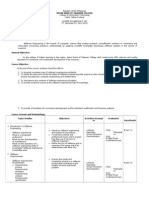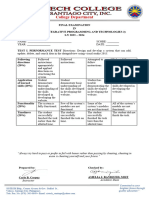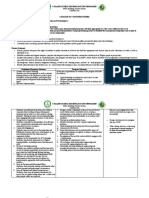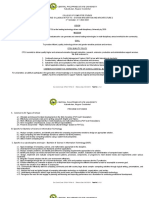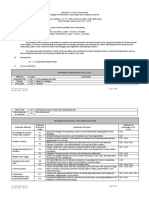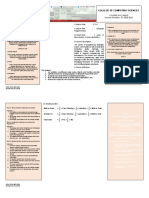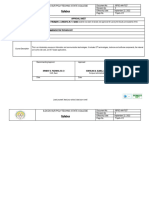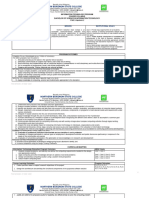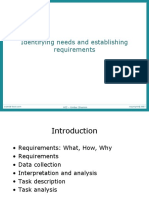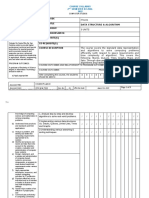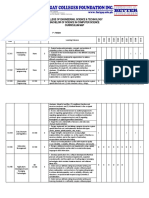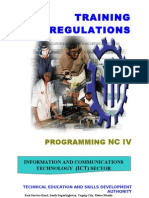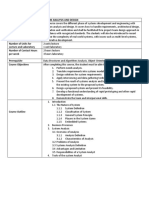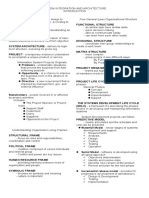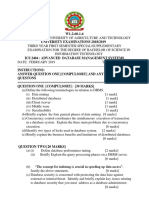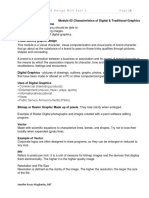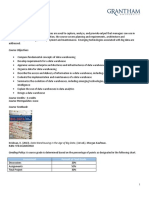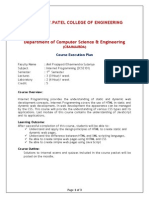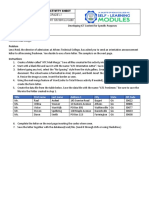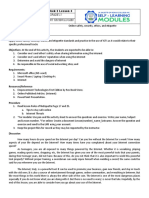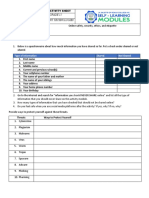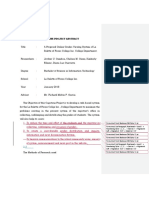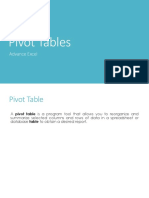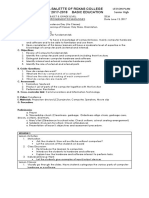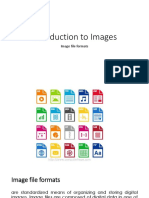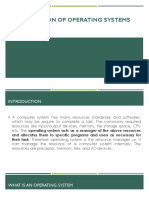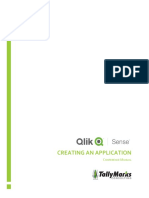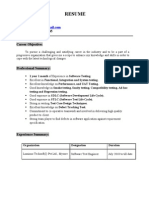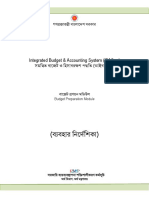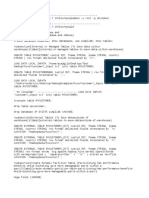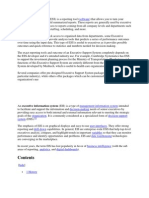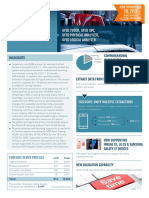0% found this document useful (0 votes)
369 views7 pagesIT Programming Course Overview
This document contains information about the Integrative Programming and Technologies (IPT 101) course offered at La Salette of Roxas College, including:
- The course aims to provide an overview of integrative programming as related to applications and systems, covering topics like inter-system communication and integrative coding techniques.
- It is a 3-unit course that meets for 5 hours per week, with 3 hours of laboratory and 2 hours of lecture.
- The course also teaches students how to create dynamic websites and applications through integration of programming languages like JavaScript.
Uploaded by
Richard Melvin GarciaCopyright
© © All Rights Reserved
We take content rights seriously. If you suspect this is your content, claim it here.
Available Formats
Download as DOCX, PDF, TXT or read online on Scribd
0% found this document useful (0 votes)
369 views7 pagesIT Programming Course Overview
This document contains information about the Integrative Programming and Technologies (IPT 101) course offered at La Salette of Roxas College, including:
- The course aims to provide an overview of integrative programming as related to applications and systems, covering topics like inter-system communication and integrative coding techniques.
- It is a 3-unit course that meets for 5 hours per week, with 3 hours of laboratory and 2 hours of lecture.
- The course also teaches students how to create dynamic websites and applications through integration of programming languages like JavaScript.
Uploaded by
Richard Melvin GarciaCopyright
© © All Rights Reserved
We take content rights seriously. If you suspect this is your content, claim it here.
Available Formats
Download as DOCX, PDF, TXT or read online on Scribd
/ 7

